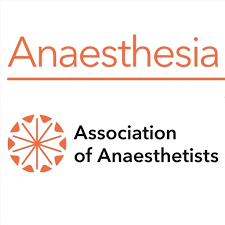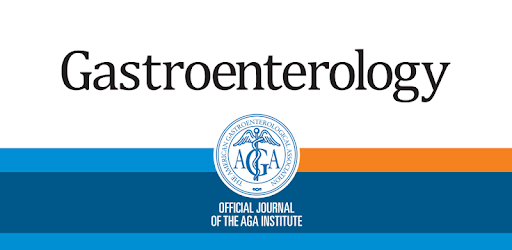Study: CT scan radiation could drive 5% of future cancer cases

Editor's Note Current US CT scan practices could lead to approximately 103,000 future cancers—nearly 5% of all new annual diagnoses—if utilization and radiation dosing patterns persist, according to a risk modeling study published April 14 in JAMA Internal Medicine. Authors emphasized that although CT is often lifesaving, its risks are…
Study: GLP-1 drugs heighten risk of gastric residue but not perioperative pulmonary aspiration

Editor's Note Taking GLP-1 receptor agonists before anesthesia increases the risk of residual gastric contents, but evidence is lacking for a corresponding increase in perioperative pulmonary aspiration risk, according research published April 15 in the journal Anaesthesia. The systematic review and meta-analysis analyzed 28 observational studies involving over 466,000 patients…
Routine preop tests catch hidden risks in outpatient cosmetic surgery, Canadian study finds

Editor's Note As aesthetic procedures continue to migrate into freestanding ambulatory surgery centers (ASCs), a new Canadian study argues that routine laboratory tests and electrocardiograms—often labeled “low‑value” in hospitals—remain a critical safety net when emergency back‑up is miles away. The manuscript was published by the Aesthetic Surgery Journal on April…
Study: Cannabis use complicates sedation, cancer care

Editor's Note Cannabis users may require higher doses of anesthetics during sedation and experience worse physical and psychological symptoms during cancer treatment, according to an April 7 announcement from the University of Oklahoma (OU). Publishing in the journal Gastrointestinal Endoscopy, a multidisciplinary team of university researchers found that cannabis users…
Study: Preoperative VR reduces ICU sedation, ventilator time

Editor's Note A recent study shows potentially significant promise for preoperative virtual reality (VR) simulation to improve surgical patient outcomes. Published March 1 in the American Journal of Critical Care, the research details how VR reduced ICU sedation and ventilator time for patients undergoing elective cardiothoracic surgery. Although the program…
Study: Pulse oximeters may misestimate oxygen saturation in darker skin tones

Editor's Note Pulse oximeters may overestimate blood oxygen levels in critically ill patients with darker skin tones, according to a March 30 article in HCP Live. The article focuses on the EquiOx study, conducted at the Zuckerberg San Francisco General Hospital between 2022 and 2024. Presented at the American College…
Research highlights anesthesia provider knowledge gap on drug, hormonal contraceptive interactions

Editor's Note Insufficient awareness of drug interactions with hormonal contraceptives (HCs) among anesthesia providers could lead to unintended pregnancies and preventable health consequences, according to survey published in Anesthesia & Analgesia. Physician’s Weekly covered the news February 27. The article specifically cites sugammedex and aprepitant, both of which are widely…
EHR-integrated clinical decision support reduces unnecessary preoperative tests

Editor's Note An EHR-integrated closed-loop clinical decision support system (CDSS) significantly reduced unnecessary preoperative testing, improved patient safety, and significantly reduced costs across two hospitals in Madrid, Spain. As detailed in a study published January 3 in npj digital medicine, this system demonstrates the potential of automated guidelines to optimize…
Study: Stool tests show promise in reducing colonoscopies for post-polypectomy colorectal cancer surveillance

Editor's Note Stool-based testing strategies could significantly reduce the number of colonoscopies required for post-polypectomy colorectal cancer (CRC) surveillance while maintaining equivalent long-term outcomes in cancer incidence and mortality, according to research published August 30 in Gastroenterology. Conducted in the Netherlands, the cross-sectional observational study compared three stool tests—multitarget stool…
Study: standard preoperative fasting guidelines safe for GLP-1 patients

Editor's Note Preoperative use of GLP-1 receptor agonists (RA) medications such as Ozempic and Wegovy is safe, according to a study published in the June issue of the American Journal of Gastroenterology. Controversy has swirled around these drugs due to the risk of slowed stomach emptying increasing a patient’s odds…

 Free Daily News
Free Daily News